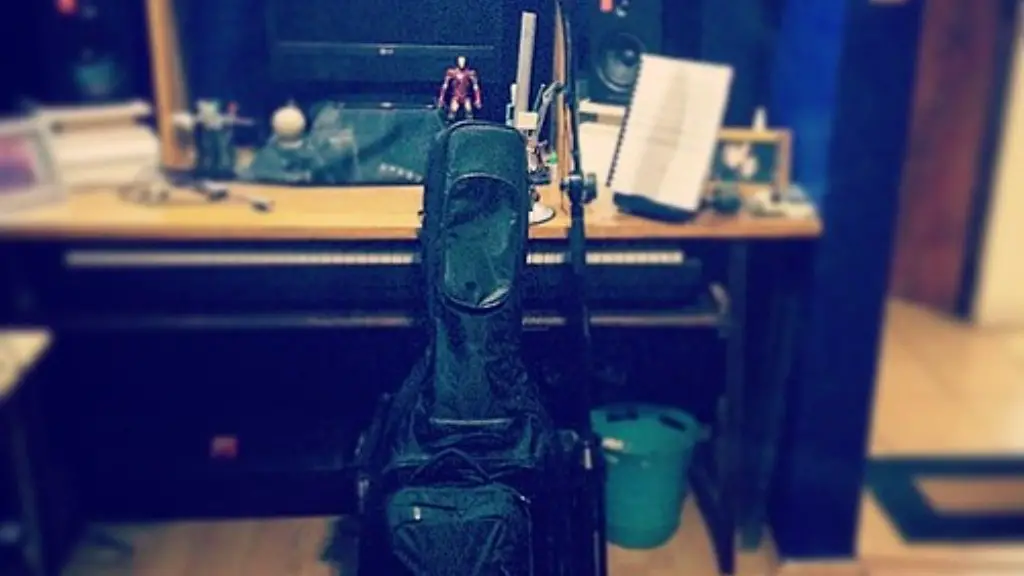Step 1: Have A Clear Design Idea
Let’s start by gathering inspiration for your leaf. Whether you are inspired by seeing a real life leaf, finding an image online, or inventing something abstract, you should have a clear idea of how your leaf will look. Visualize the size, shape, color, and texture of your leaf. This will help you choose the best tools and materials for drawing.
Step 2: Choose Your Drawing Materials
Now that you have a design in your mind, it’s time to choose the right materials for your drawing. Think about what kind of look you want your leaf to have. Are you looking for a precise drawing using a ruler and graphite, or a sketchier drawing using pens and markers? Maybe you’d even like to combine both approaches. Choose the pencils, markers, and other materials that will best capture your vision.
Step 3: Draw the Basic Shape of Your Leaf
Using your chosen materials, draw the outline of the leaf. Start by drawing a rough oval or circle and then draw the curved edges and pointed tip. When drawing the details, make sure to use light, even pressure so that the lines are smooth. Once you are happy with your basic shape, use a ruler to draw more precise details and lines.
Step 4: Add Texture
Now that the basic shape is complete, you can start adding texture to make your leaf look more realistic. Try using a cross-hatching technique to draw short, intersecting lines in different directions. This will give your leaf a more detailed finish. You can also use other techniques, like shading and stippling, to further enhance the look of your leaf.
Step 5: Color and Finish
If you’d like to add color to your leaf, you can use colored pencils, markers, or paints. Add color in layers to give your leaf depth and detail. You can also add highlights or shadows using a white or gray colored pencil. Finally, use a blending tool or cotton swab to smudge the colors and give your leaf a realistic look.
Step 6: Finalize Your Drawing
Now that your leaf is finished, it’s time to sign your work. If your leaf is a gift or a portrait, adding a personalized message or signature will make it even more special. Give your leaf one last check to make sure it looks the way you want it to, then you can frame your masterpiece or give it to someone special.
Once you’re finished with your leaf drawing, don’t forget to share it with the world. Post your art online, send it to your friends, or even put it up in a local art show. Show off your hard work and get some feedback from other artists and viewers. Who knows, you may even inspire someone else to draw their own beautiful leaf!
Step 8: Practice, Practice, Practice
Drawing a leaf is an excellent way to hone your drawing skills and explore new techniques. With each practice session, you’ll learn something new about how to draw. Keep up the good work and your leaf will soon look as real as any leaf you’ve ever seen.
Step 9: Take The Time To Enjoy Your Art
When you’re finished with your leaf drawing, take a moment to appreciate your work. It’s important to take the time to enjoy the creative process and to be proud of what you have accomplished. Drawing a leaf can be a relaxing and rewarding experience, so savor it and keep it close to your heart.
Step 10: Start A New Project
Drawing is an endless task and there are so many new things to explore. Once you are finished with your leaf, examine other plants and try to draw another one. Or, learn how to draw a different subject matter like animals or landscapes. Experiment, learn, and keep exploring the wonderful world of art.

